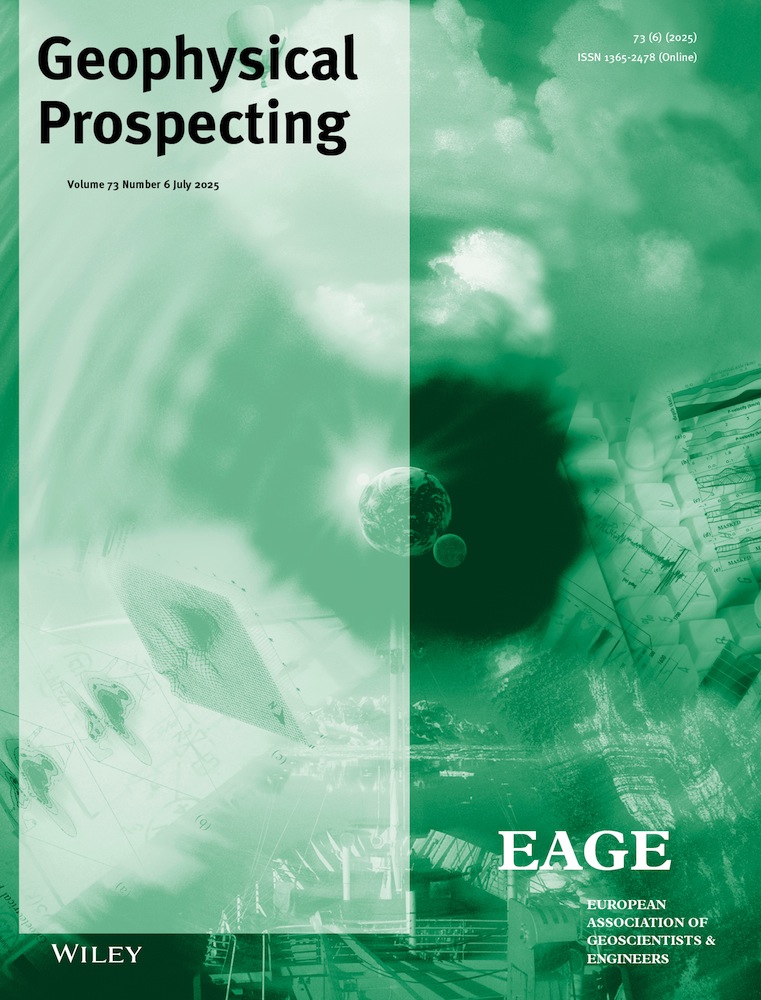Algorithms for extraction of reliable density ratios from pre-stack seismic data—Part 1: Theory
Abstract
We have developed two inversion schemes for probabilistic calculation of density ratio across a reflecting interface from P-to-P wave reflectivity by algebraically inverting Zoeppritz's equation. The density ratio is an attribute that can be directly linked to hydrocarbon saturation. The probabilistic approach helps to model uncertainties in the calculated parameter. The methods are free of empiricism. Contrary to conventional wisdom, we show that ultra-far amplitude variation with offset (AVO) data are not required for the inversion of the density ratio parameter. As a matter of fact, with our schemes, it is advisable to restrict the inversion to near-far angle ranges to minimize the impact of the amplitude-distorting phenomena that (strongly) invalidate the assumptions woven into the derivation of the P-to-P Zoeppritz equation. Moreover, we demonstrate that this equation is suitable for density ratio inversion. The first inversion scheme to predict the density ratio involves repeatedly solving a 12th-degree polynomial equation across various incident angles. The most frequent value in the distribution of solutions serves as the best estimate. The second scheme solves a 5th-degree polynomial equation for the squared VP/VS ratio of layer 2 (in a two-layered earth model), also at an arbitrary number of incident angles. The range of the angles used in the inversion can, in principle, be freely selected. The most likely density ratio estimate is obtained as a byproduct of the calculation. We tested the methods on a synthetic example. Both schemes predict the density ratio within one standard deviation of the actual value from near-far angle seismic reflection data. Moreover, the two inversion schemes were compared, showing that Loris, which requires repetitive solving of 12th-degree polynomial equations, is computationally more expensive than Lemur, which solves a 5th-degree polynomial equation. Despite both methods achieving accurate density ratio estimates, Lemur’s computational efficiency makes it the preferred choice for large datasets. This paper is the first part of a two-part study on density ratio inversion methods. Here, we focus on the theoretical foundations of the Loris and Lemur inversion approaches and validate them through synthetic tests. In Part 2, we extend this work by applying the methods to real seismic data and evaluating their performance in a practical exploration setting.
Open Research
DATA AVAILABILITY STATEMENT
Data sharing is not applicable to this paper as no datasets were generated or analysed during the current study.




